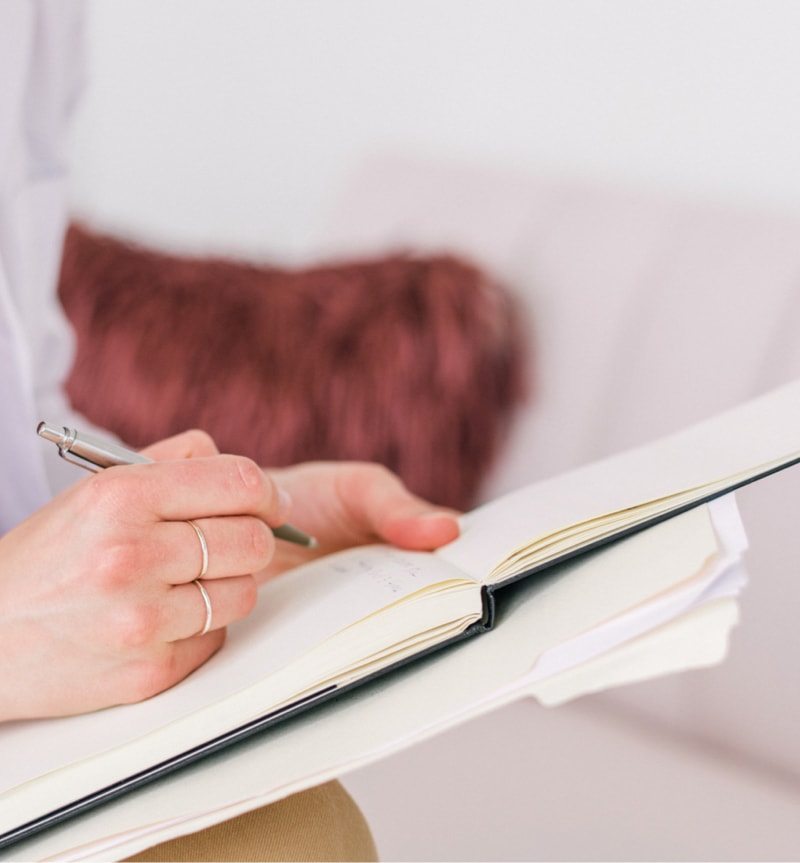Catheter Help
Welcome to the Catheter Help website.
Our aim is to offer an unbiased point of reference for all things catheter-related in Australia.
Content:
Click the following buttons to jump to a particular point of reference.
“Hello and welcome. I’m Sandra Ilett, owner of Community Nurse Service Pty Ltd and Registered Nurse. I’ve been working as a nurse for 33 years, mostly caring and assisting people with bowel and bladder problems throughout Queensland. This free resource has been thoughtfully created to offer you a concise and objective point of reference for all things catheter related in Australia. I hope this blesses you.
Sandra Ilett
Why do I have a catheter?
Types of catheters.
Indwelling urethral catheter.
Suprapubic catheter.
How do they stay in?
Looking after the catheter.

Care of the IDC entry site:
- Clean gently at the urethral opening where the catheter inserts twice daily.
- If you are using a continence pad, change this twice per day, if you are not, change your underwear at least once but preferably twice per day.
Securement:
- The catheter must be secured to your body to avoid accidentally pulling on the catheter.
- There needs to be a little bit of ‘slack’ in the tube to the securement device to allow for your body’s movements.
- Position the leg bag so it is not pulling your catheter down.
Leg Bags:
- It is recommended to use a closed drainage system. This means the first bag the urine gets to is sterile. This bag is put on and stays on. It does not get washed out.
- Do not connect and disconnect the bag from the catheter unless you are changing the leg bag.
- Change the leg bag at least once a week, sooner if it has an odour or gets discoloured.
Overnight Bags:
- Get attached to the bottom of the leg bag.
- These can get drained each morning and washed through with hot soapy water. Allow to air dry with the tap open.
- Alternatively, you can purchase very inexpensive overnight bags that are single-use only.
- Place the overnight bag in a clean bucket beside the bed at night just in case you forget to turn the tap off or the seam breaks.
Top Tip…
Top Tip from Personal Experience…
Gary says: “I used some petroleum jelly twice a day at the catheter entry on my penis. This made it much more comfortable.”
Nurses Comments: The manufacturers have no comments regarding how this practice affects the catheter. If you are going to do this, buy a new jar and keep it specifically for this purpose.
Looking after yourself.
Fluid intake:
- It is important to have a minimum of 6 full glasses of fluid a day.
- When you have a catheter in, a larger fluid intake than this is preferable, at least 2 litres of fluid a day is ideal. If you are on a fluid restriction, this may not be possible.
Top Tip…
Top Tip from Personal Experience…
Josh says: “I have to keep my fluid intake to at least 2 litres per day and I have less problems if I drink 2.5 litres per day.
Nurses Comments: This refers to total fluid intake, not just water intake. This volume includes drinks other than water such as juice, tea, coffee, soup, cordial etc. Water is best so consume a majority of water. You may be on a fluid restriction. Please check with your doctor if you have been told to restrict fluids.
Nutrition
Avoiding constipation
Bags, taps and securement.
Leg bags
Overnight bags
Overnight bottles
Taps or valves
Catheter straps
Securement devices
Catheter troubleshooting – what to do if:

The catheter is not draining:
- Make sure all connections between the catheter and drainage bags/valve are securely attached
- Make sure the tubing is not kinked or compressed, ie you are not sitting on the tubing or it isn’t caught up in your bed or wheelchair, or restricted with tight clothing or overtight securing leg bag straps
- Avoid constipation as a loaded rectum can stop the urine flow
- Ensure you are drinking fluids as recommended by your health care professional – dehydration can cause poor urine output
- If there are blood clots or large pieces of debris in the drainage tubing seek medical attention
- If urine is not draining and you suspect catheter blockage, reduce fluid intake until medical assistance is provided
- Ensure your drainage bag is below your bladder when you are lying, sitting or standing, fixed to your leg or on a stand beside your bed.
There is blood in the urine:
- This might be related to trauma – ensure the catheter is stabilised with the use of an catheter securement device, tape or Velcro catheter strap on the leg/abdomen to reduce catheter trauma/pulling. If you suspect the catheter may have become dislodged seek medical attention
- In the absence of blood clots, increase oral fluids to flush your bladder. If bleeding does not resolve seek medical attention
- If there are blood clots seek medical attention. If urine is not draining and you suspect catheter blockage, reduce fluid intake until medical assistance is provided
You experience ongoing bladder spasm:
- This may be associated with newly inserted catheters and usually resolve over a day or two
- This may be as a result of dislodgement or infection – seek medical attention if suspected
- Avoid known bladder irritants: caffeine, alcohol, chocolate, acidic fruit juices and sugary drinks
- Avoid constipation
- Drink plenty of fluids to prevent concentrated urine as this can irritate the bladder
- Over-the-counter anti-inflammatory medications may help – ask your pharmacist
- This may resolve with anti-spasmodic medications if indicated – seek medical attention
Your urine is very smelly or cloudy or the urethra is burning
- You may have a urinary tract infection
- Drink more fluids – water is best
- Make sure you don’t have a fungal infection (an anti-fungal cream may help) – seek medical attention – taking probiotics are beneficial to the bladder as well as the bowel
- Ensure adequate personal hygiene around the urethral and the area between your urethra and anus (known as the peri-anal area) – use unperfumed soaps or pH neutral washes designed for genital regions, rinse well and dry – no talc or creams (unless prescribed). Wear cotton underwear and wash and change at least once every day
- If unwell seek medical attention (high temperature, malaise, abdominal pain)
- You may be allergic to the catheter material (this is rare) – seek medical advice.
The catheter is leaking/bypassing
- The catheter may be blocked or bladder spasms can cause bypassing, or you may be constipated – see management above
Your supra-pubic catheter is accidentally pulled out:
- As soon as you realise this has occurred gently insert a sterile nelaton catheter into the stoma (your health professional should have provided you with one) and gently follow the direction of the stomal tract inserting the nelaton catheter as far as comfortable or until urine flows – do not push the catheter. Do not insert anything else into the stomal tract if you do not have a catheter. Do not inflate the balloon if you have inserted a foley catheter (one of your usual indwelling catheters)
- Tape the catheter to your abdomen to prevent dislodgement and seek urgent medical attention. This is to try and prevent collapse of the stomal tract to make reinsertion of a new indwelling supra pubic catheter easy.
Warning!
Never try to remove or insert any indwelling catheter yourself unless your health professional has shown you how to do so
When to seek help…
Not draining
Pain+temp+urine odour
Unwell
Incoherant
Catheter care from health professionals
Who can help with catheter changes?
Catheter supplies.
Coming Soon…
Government Schemes.
Coming Soon…
Resources
Coming Soon…

